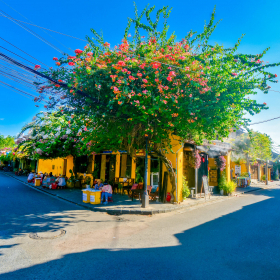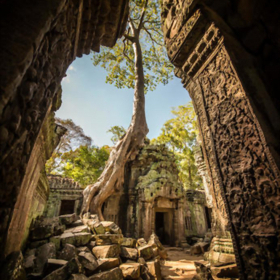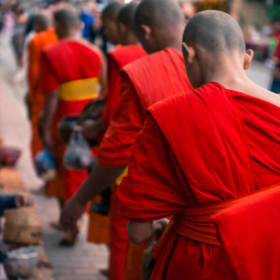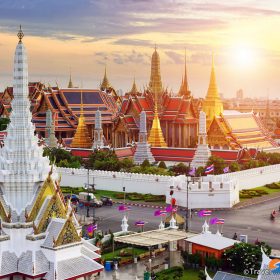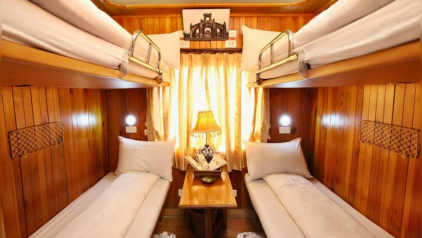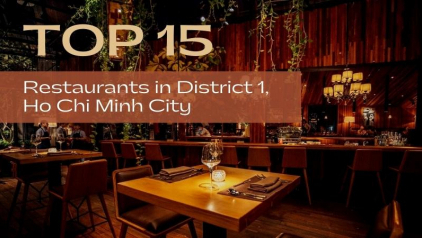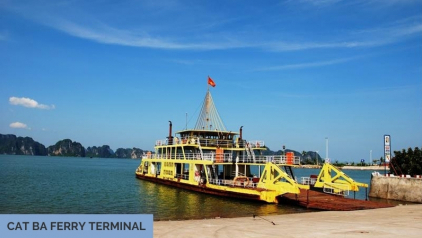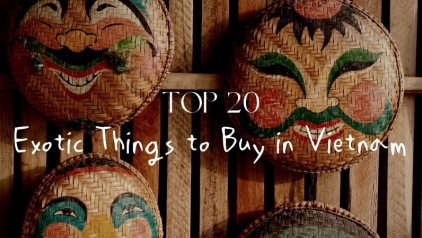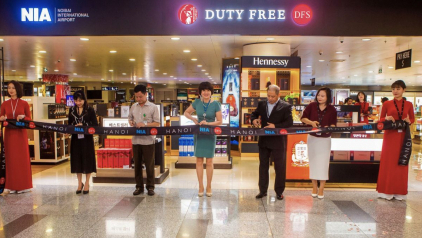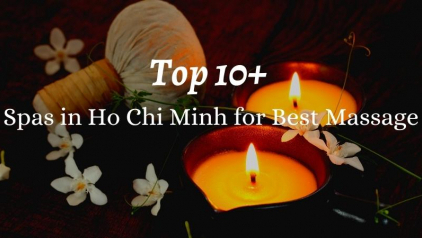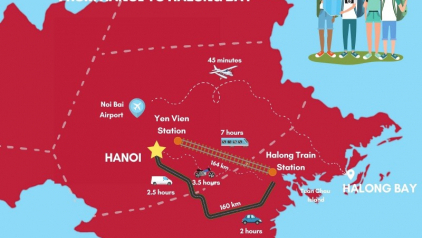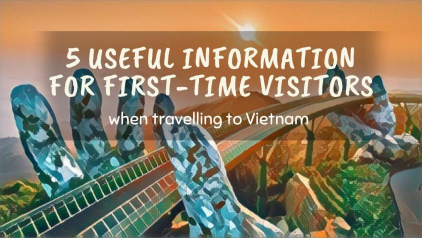BestPrice Travel Guide
Latest Articles

Experience
The Ultimate Guide to the Weather in Fansipan
October 20, 2025 - 7292 Views
Experience
Marketing Executive (PR & Communication) - Hanoi
October 11, 2025 - 9 Views
Experience
Fansipan Cable Car: All You Need to Know
October 06, 2025 - 131973 Views
Experience
Halong Bay Weather in December 2025: Temperature and Travel Guide
September 16, 2025 - 1843 Views![Experience Halong Bay Weather in November: A Complete Guide [2025 UPDATED]](https://d13jio720g7qcs.cloudfront.net/images/guides/780_440/673579081a5fb.jpg)
Experience
Experience Halong Bay Weather in November: A Complete Guide [2025 UPDATED]
September 16, 2025 - 1778 ViewsVideos of the Month

About Halong Bay
July 16, 2020 - 2134 Views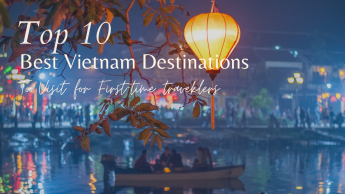
Top 10 Vietnam Destinations to Visit
November 30, -0001 - 4475 Views
Explore the Beauty of Mekong River Cruise 2023/24
August 08, 2023 - 3307 ViewsWorld's Greatest Cruise Along Mekong River
August 08, 2023 - 1314 ViewsMighty Mekong at Its Most Welcoming
August 08, 2023 - 219 ViewsTop Vietnam Destinations - Where to go?
Come to discover plenty of wonderful destinations where a perfect blend of the nature, culture, and cuisine gives you a valuable trip around Southeast Asia.
